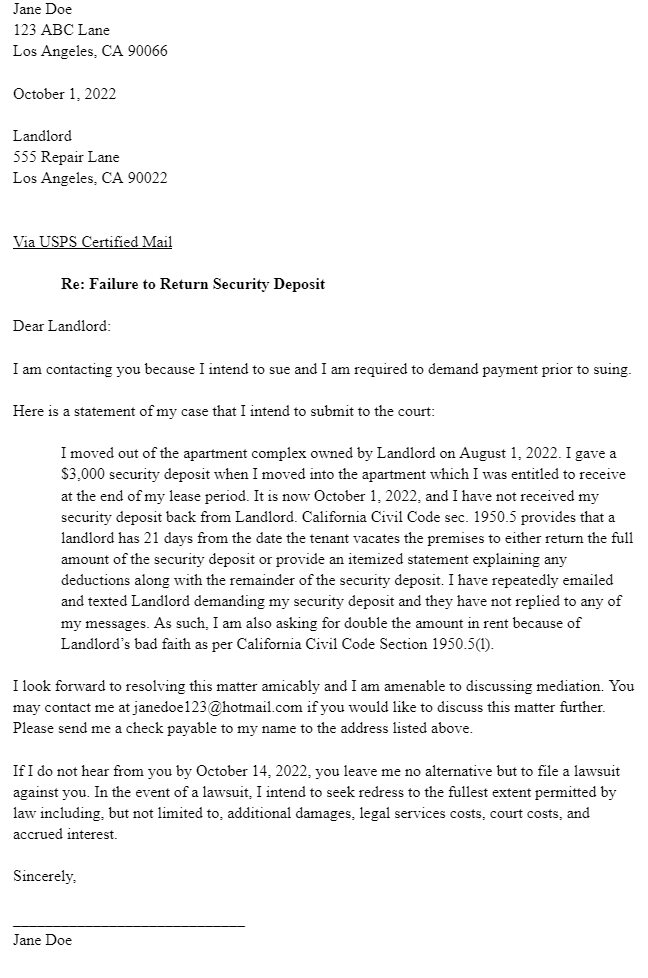Middle Managers: Bridging The Gap Between Leadership And Workforce

Table of Contents
The Communication Conundrum: How Middle Managers Facilitate Effective Information Flow
Effective communication is the cornerstone of any successful organization, and middle managers are at the heart of this process. They act as translators, interpreting complex strategies from leadership and translating them into actionable plans for their teams. This requires sophisticated communication strategies that ensure information flows seamlessly in both directions.
-
Downward Communication: Middle managers must clearly and consistently communicate leadership's directives, ensuring everyone understands the "why" behind decisions. This involves simplifying complex information, using clear and concise language, and providing regular updates.
-
Upward Communication: Equally crucial is the flow of information from the workforce to leadership. Middle managers act as vital feedback conduits, gathering employee perspectives, concerns, and suggestions. This requires creating a safe and open environment where employees feel comfortable sharing their input.
-
Horizontal Communication: Facilitating communication between different teams is also essential. Middle managers often need to coordinate efforts across departments, requiring strong collaborative communication skills.
-
Improving Communication: Strategies for improving communication include regular team meetings, open-door policies, the use of collaborative tools (like project management software), and actively soliciting feedback through surveys and one-on-one conversations. Transparency is key – openly sharing information, even when it's challenging, builds trust and improves morale.
Examples of effective communication tools include project management software (Asana, Trello), internal communication platforms (Slack, Microsoft Teams), and regular email updates.
Fostering Employee Engagement and Motivation: The Middle Manager's Role
Highly engaged employees are more productive, creative, and committed to their work. Middle managers play a pivotal role in cultivating this engagement. Their leadership style directly impacts team morale and productivity.
-
Creating a Positive Work Environment: This involves promoting open communication, recognizing individual contributions, and fostering a culture of collaboration and mutual respect.
-
Motivating Team Members: Effective motivation strategies include setting clear goals, providing regular feedback (both positive and constructive), offering opportunities for professional development, and recognizing and rewarding achievements.
-
Performance Management: Middle managers are responsible for conducting performance reviews, providing constructive feedback, and developing performance improvement plans. This requires strong interpersonal skills and a focus on coaching and mentoring.
-
Employee Recognition: Publicly acknowledging and rewarding employee contributions, both big and small, is essential for boosting morale and reinforcing positive behaviors. This could involve employee-of-the-month awards, team lunches, or simply a verbal acknowledgement of good work.
-
Leadership Styles: Adopting a leadership style that fosters collaboration and empowerment, such as servant leadership or transformational leadership, can greatly enhance employee engagement. Coaching and mentoring are vital aspects of this, helping employees grow their skills and confidence.
Driving Team Performance and Achieving Organizational Goals: The Middle Manager as Implementer
Middle managers are the implementers – they translate organizational goals into actionable team objectives and ensure their teams have the resources and support needed to succeed.
-
Goal Setting: Clearly defining team objectives that are aligned with overall organizational strategy is crucial. This often involves breaking down large-scale goals into smaller, manageable tasks.
-
Project Management: Effective project management skills are essential for coordinating resources, tracking progress, and ensuring projects are completed on time and within budget.
-
Performance Monitoring: Regularly monitoring team performance against established metrics, identifying areas for improvement, and implementing corrective actions are key to achieving success.
-
Problem-Solving and Conflict Resolution: Middle managers often act as mediators, resolving conflicts and helping team members find solutions to challenges. Strong conflict resolution skills are vital in maintaining a productive work environment.
-
Strategic Alignment: Ensuring that team efforts are aligned with the overall organizational strategy is paramount. This requires a deep understanding of both the team's goals and the company's strategic direction.
Developing Future Leaders: The Middle Management Pipeline
Middle management is often the breeding ground for future leaders. Effective middle managers identify and nurture talent within their teams, creating a robust leadership pipeline for the organization.
-
Identifying Future Leaders: Recognizing individuals with leadership potential requires keen observation, mentorship, and providing opportunities for growth.
-
Training and Development: Providing access to training programs, workshops, and mentorship opportunities equips employees with the skills and knowledge needed to advance their careers.
-
Mentorship and Coaching: Middle managers play a crucial role in mentoring and coaching their team members, providing guidance, support, and opportunities for growth.
-
Talent Pipeline: By creating a system for identifying, developing, and promoting high-potential employees, middle managers contribute significantly to the organization's long-term success.
-
Succession Planning: Middle management development directly feeds into the organization's succession planning, ensuring a smooth transition of leadership roles.
Conclusion
Middle managers are indispensable to organizational success. Their ability to bridge the gap between leadership and the workforce directly impacts communication effectiveness, employee engagement, team performance, and the development of future leaders. By investing in the training, development, and support of middle managers, organizations can unlock their full potential, fostering a high-performing and engaged workforce. Empowering your middle managers is not just about improving individual performance; it's about building a thriving, successful organization. Invest in your middle managers today and reap the rewards of a truly connected and effective workforce.

Featured Posts
-
 La Fires Landlord Price Gouging Following Disaster Sparks Outrage
Apr 22, 2025
La Fires Landlord Price Gouging Following Disaster Sparks Outrage
Apr 22, 2025 -
 White House Cocaine Secret Service Investigation Concludes
Apr 22, 2025
White House Cocaine Secret Service Investigation Concludes
Apr 22, 2025 -
 The Demise Of Anchor Brewing Company Reflecting On A Legacy
Apr 22, 2025
The Demise Of Anchor Brewing Company Reflecting On A Legacy
Apr 22, 2025 -
 The Next Pope How Francis Legacy Will Shape The Conclave
Apr 22, 2025
The Next Pope How Francis Legacy Will Shape The Conclave
Apr 22, 2025 -
 Trumps Trade Policies A Threat To Us Financial Leadership
Apr 22, 2025
Trumps Trade Policies A Threat To Us Financial Leadership
Apr 22, 2025
